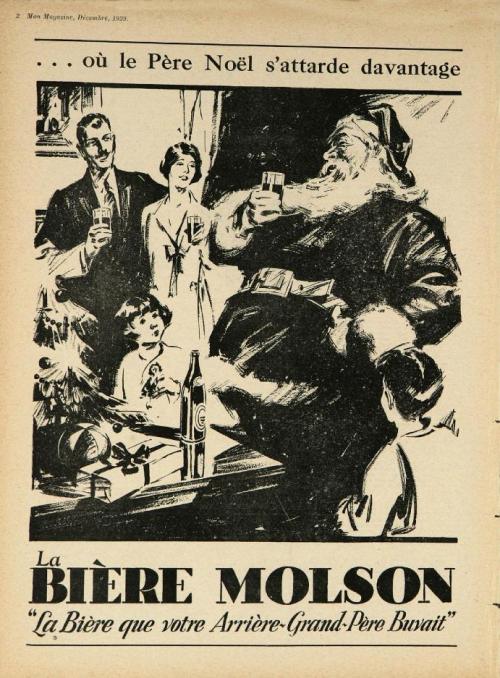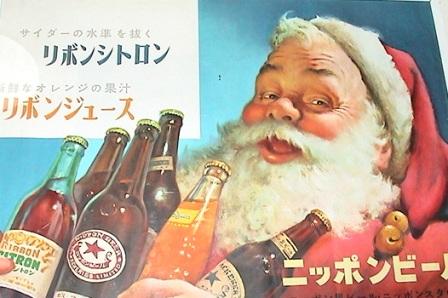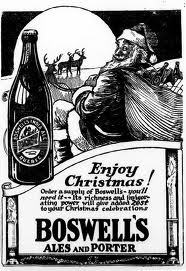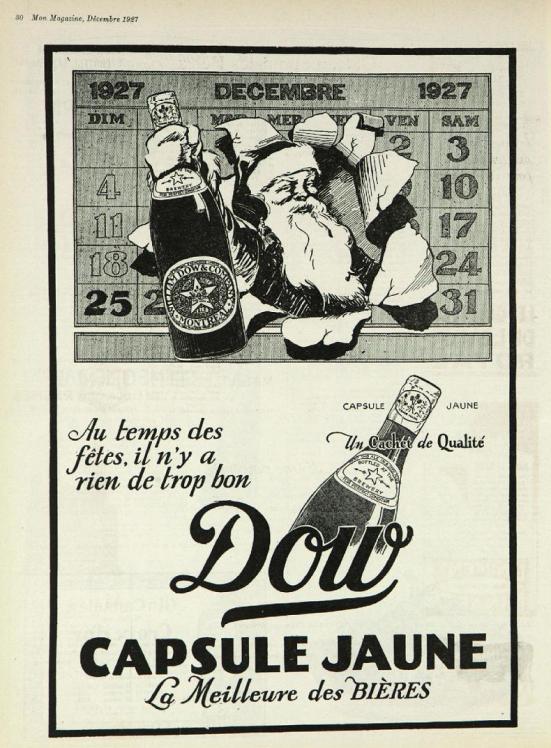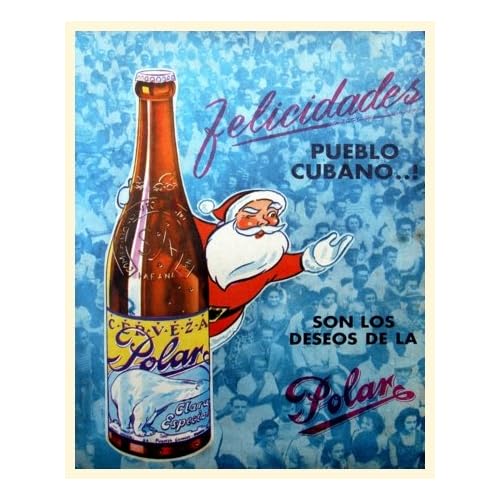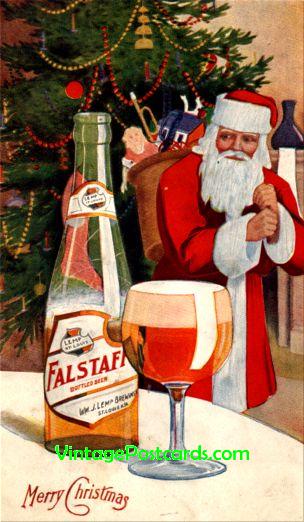Falstaff operated the old Burgie plant in San Francisco from 1972-1975. It was then spun off to Paul Kalmanovitz who operated it as a General Brewing plant until '78, scan thanks to Bryan Monaco. The plant started its life as the Milwaukee Brewery and after a number of name changes became the Burgermeister Brewing Company. Schlitz and Meister Brau of Chicago owned this plant before it was purchased by Falstaff.

Here's one with a tragic story.



Dow Breweries was a brewing company based in Quebec, Canada. It was formed in 1952 in the facilities formerly used by the Boswell Brewery (1843–1952) in Quebec City.[1] It was acquired by Carling O'Keefe and stopped its activities on March 31, 1966.[2] After purchasing Carling O'Keefe, the Dow brand came under the ownership of Molson, but disappeared from the Canadian market in the spring of 1997. Brands brewed by Dow included Dow Ale, Kingsbeer Lager and Black Horse Ale.
At the urging of Board president and academic Pierre Gendron, Dow Breweries supported the construction of the Montreal Planetarium, originally calling it "Dow Planetarium". It was completed in 1966 as one of many projects for the Canadian Centennial.
[edit] Downfall of the brewery
In August 1965, a patient presented to a hospital in Quebec City with symptoms suggestive of alcoholic cardiomyopathy. Over the next 8 months 50 more cases with similar findings appeared in the same area with 20 of these being fatal. It was noted that all patients were heavy drinkers who mostly drank beer and preferred the Dow brand, consuming an average of 24 pints of alcohol per day. Epidemological studies found that Dow had been adding cobalt sulfate to the beer for foam stability since July 1965 and that the concentration added in the Quebec city brewery was 10 times that of the same beer brewed in Montreal where there were no reported cases .[3]
Although Dow denied any responsibilty, the Dow Brewery in Quebec City temporarily shut down and the remaining beer was dumped into the Saint Lawrence River. At the time of the incident, Dow Ale was the number one selling beer in Quebec, however, as a result of the "tainted beer scandal" sales of the brand soon dropped dramatically never to recover.[4]



























































































